November 9 -
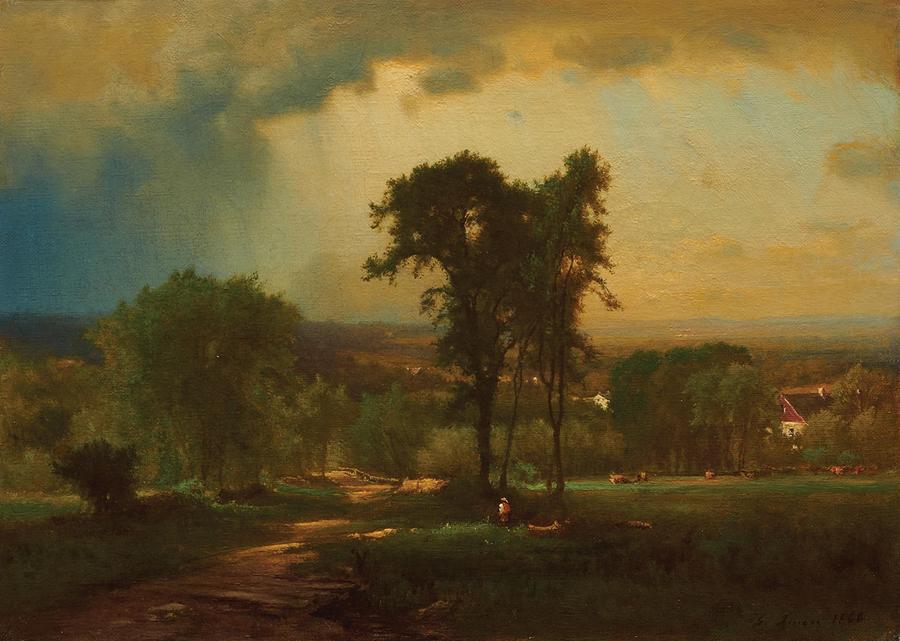
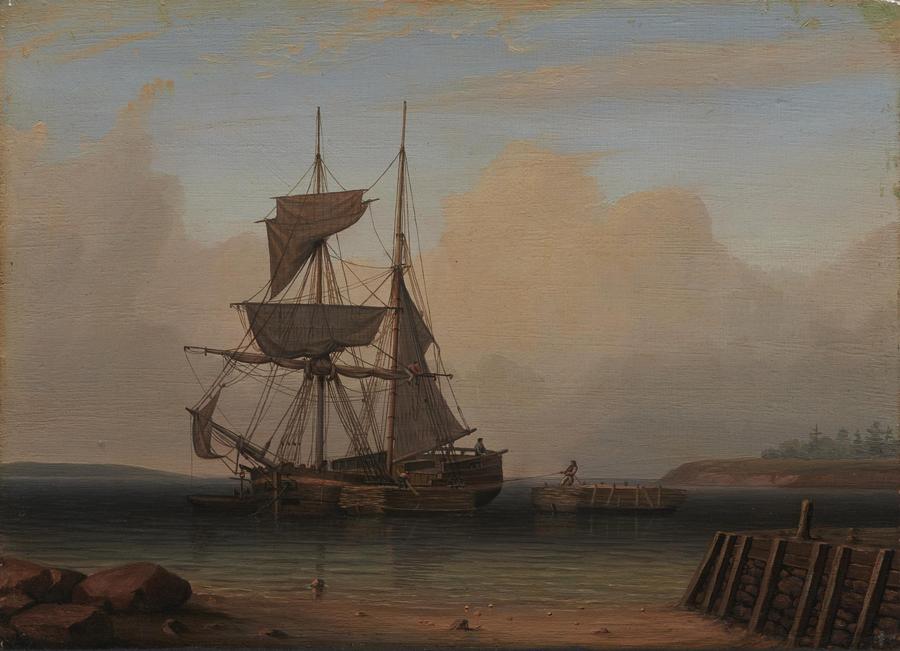
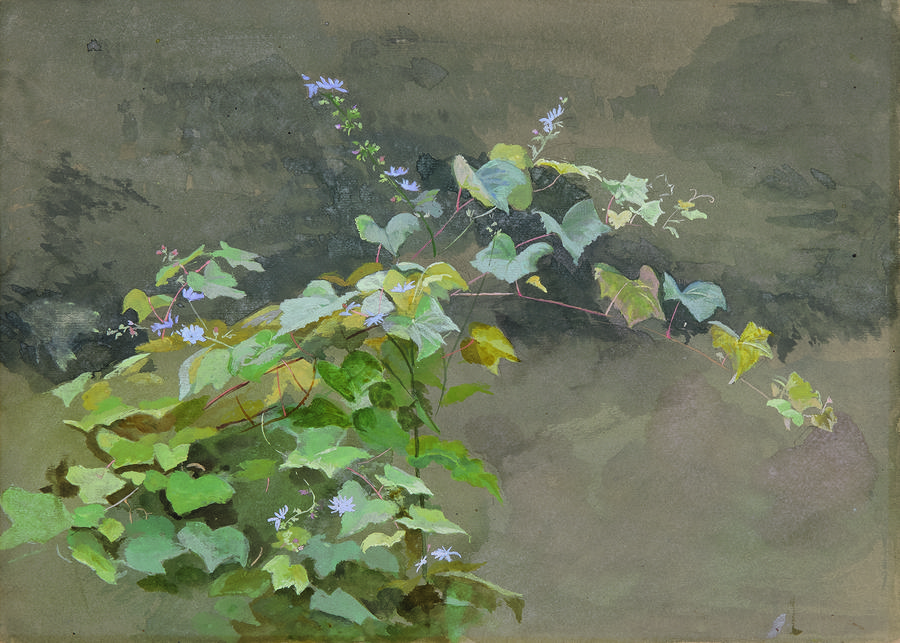
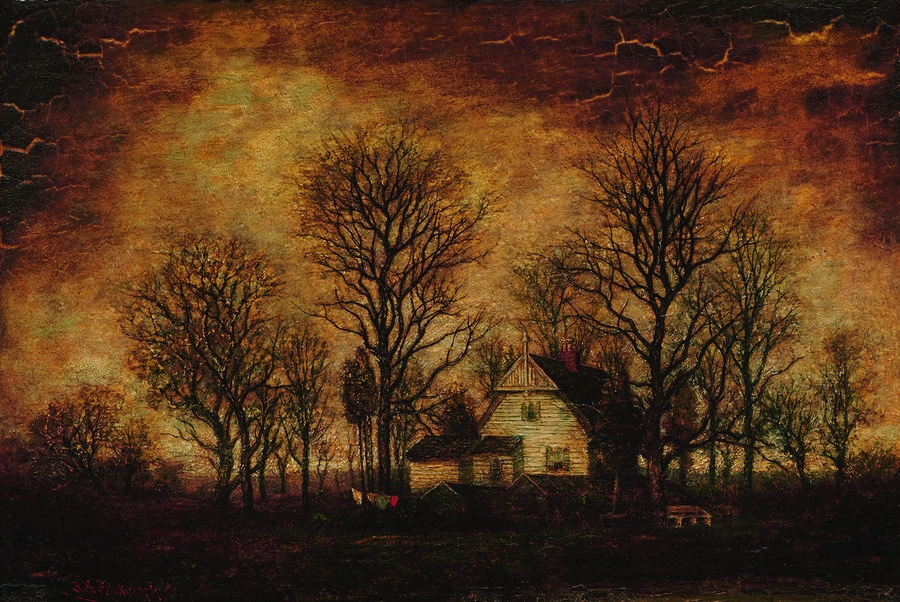
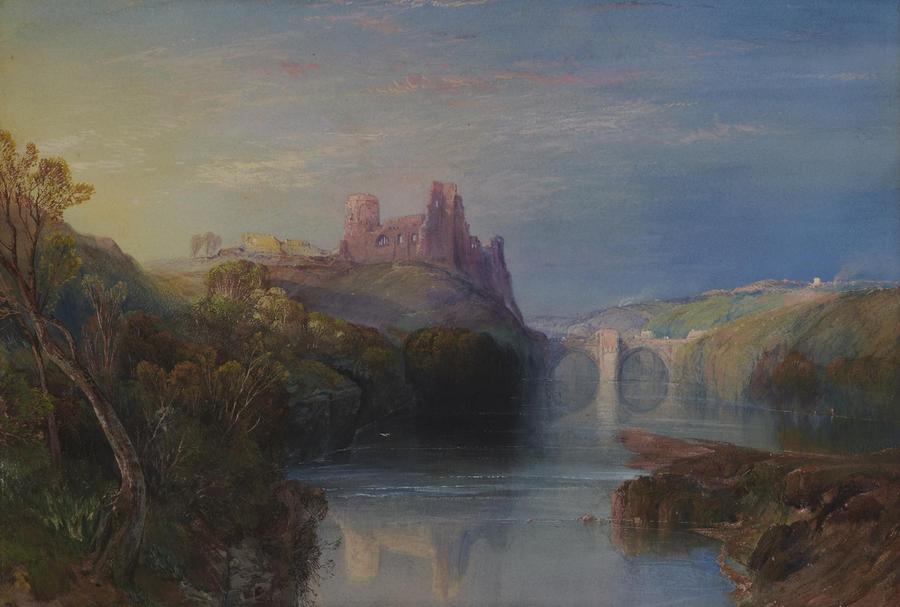
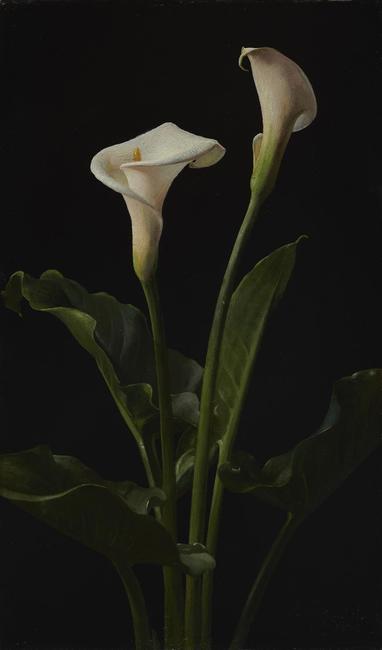
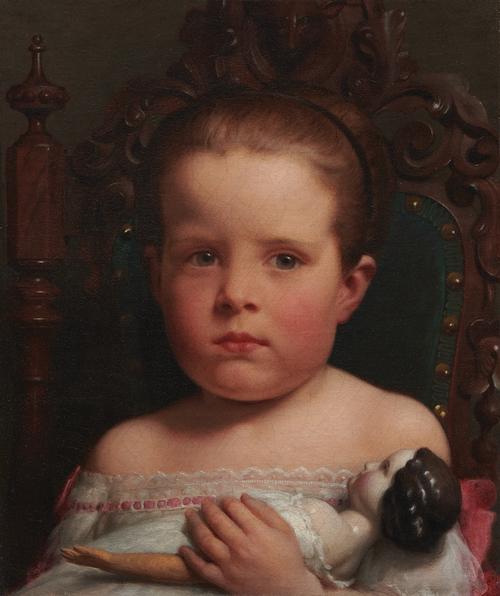
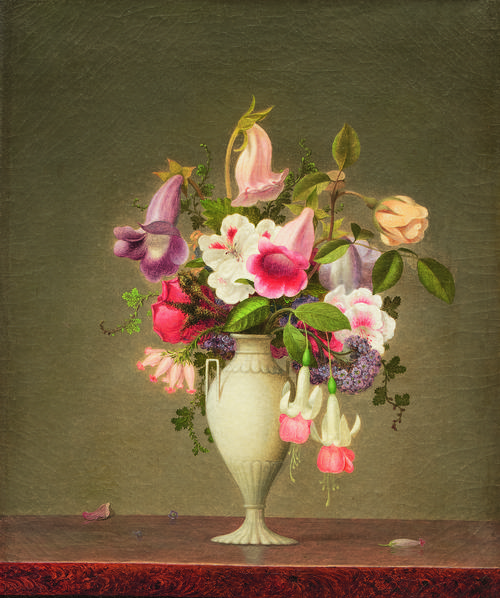
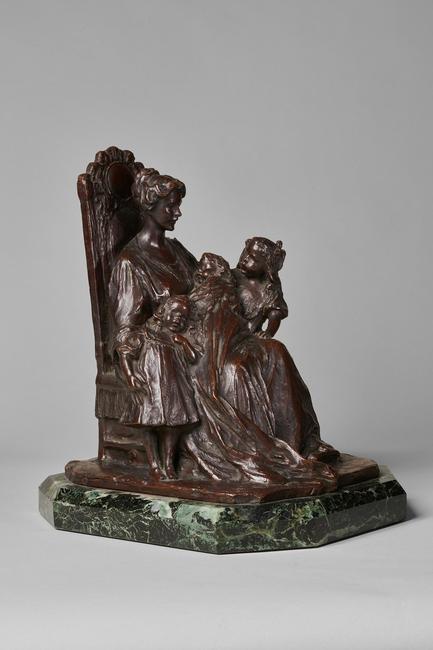
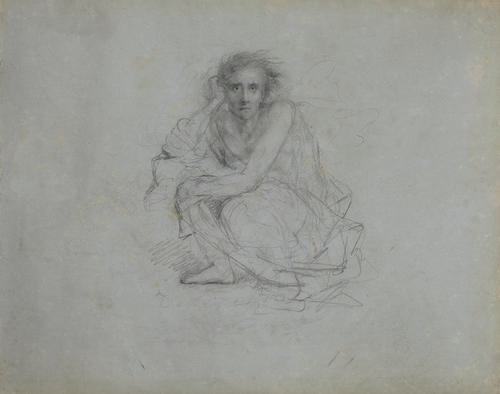
The Morse Museum of American Art’s fall exhibition The Stebbins Collection: A Gift for the Morse Museum opens on November 9. The exhibition showcases the exquisite collection assembled by Theodore E. Stebbins Jr. and Susan Cragg Stebbins over the course of fifty-five years. As announced in March of this year, the Stebbinses have given sixty-five works and have lent an additional five. Curated by Morse Curator of American Painting, Dr. Regina Palm, this exhibition debuts these works of American art as part of the Morse collection, in Winter Park, Florida, introducing them to the public for the first time.
The Stebbins Collection: A Gift for the Morse Museum consists of seventy paintings, works on paper, and sculpture by fifty-three artists across three museum galleries. The exhibition has been organized much in the same way the works were presented in the Stebbinses’ home. Rather than being arranged chronologically, by genre, or by medium, the works are instead presented in thematic groupings and thoughtful juxtapositions.
Dr. Palm said, “The truly wonderful thing about this exhibition is that it celebrates not only artists of great renown, but also artists who, while perhaps less known today, excelled in their fields. In fact, they matched—if not surpassed—their contemporaries, whose names are more familiar. A gift such as the Stebbins Collection enables the Morse Museum to build upon and expand the visual narrative told within its galleries—bringing new insights and many surprises.”
The first gallery serves as an introduction to the Stebbinses’ gift, highlighting the breadth of the collection. It includes seminal works by floral painters George Cochran Lambdin (1830–96), whose 1874 painting Calla Lilies takes centerstage, alongside the work of Fidelia Bridges (1834–1923), and Martin Johnson Heade (1819–1904). Thomas Eakins’s sculpture in relief Arcadia, 1883, enriches the space along with luminous landscapes by Thomas Moran (1837–1926) and others. Portraits of brooding children by Seymour Joseph Guy (1824–1910) and Ignaz Gaugengigl (1855–1932) and a family pet by Frederic Edwin Church (1826–1900), leader of the Hudson River School, represent another genre of painting within the gallery. Lastly, still lifes by John Frederick Peto (1854–1907) and Arnoud Wydeveld (1823–88) are presented.
The largest gallery of the exhibition features a selection of works on paper that include a sketch by Lilly Martin Spencer (1822–1902), whose haunting rendering of Ophelia from Hamlet is met by the equally striking nude executed by William Morris Hunt (1824–79) during a sojourn in France. A playful rendering of a butterfly, created as a souvenir for a party guest, by Albert Bierstadt (1830–1902) is a surprising departure from the Hudson River School artist’s landscapes that are also in the exhibition. Additional paintings and drawings provide glimpses into America’s Civil War. Transportive landscapes by Heade, Worthington Whittredge (1820–1910), and George Inness (1825–94) are included as are evocative depictions of America by artists including Ralph Albert Blakelock (1847–1919), whose Old Homestead, c. 1870–75, serves as a reminder that poverty was widespread even during America’s Gilded Age. Sanford Robinson Gifford’s luminous dream Castle of Chillon, painted in 1859, serves to anchor other works by Whittredge, John Frederick Kensett (1816–72), and John William Hill (1812–79). This gallery concludes with paintings and sculpture that focus on domestic scenes including Hubert von Herkomer’s portrait of two sisters from a prominent German banking family. This work by Herkomer (1849–1914) is arresting, with direct stares meeting the viewer’s own, while Bessie Potter Vonnoh’s 1902 sculpture Enthroned relays a classic vision of maternal love through an exalted Madonna motif.
The final gallery displays the work of still-life artists who range from some of the best known in American art like John La Farge (1835–1910) and Joseph Decker (1853–1924) to some little-known like William Oscar Roelecke (1833–1910) and James Cafferty (1819–69). La Farge’s Apple Blossoms and Field Flowers, c. 1870, is a poetic interpretation visually told through the soft-focus lens of the Impressionists while demonstrating the artist’s admiration of Japanese art through its flattened perspective. Vegetables on a White Tablecloth, 1889, a rare example of a vegetable still life, by Roelecke is a striking composition in which the artist drew upon the Spanish tradition of the bodegón, positioning the humblest of kitchen staples as subjects worthy of still life, dramatically lit upon a crisp tablecloth. Decker’s Cherries, 1886, offers to viewers a profusion of luscious fruits so exquisitely rendered as to almost convince that they can be plucked from the painting. Meanwhile, Cafferty’s Citrus Fruits, c. 1850s, with its impossibly perfect lemons, tangerines, and the like, is remarkably modern in its execution—suggesting future stylistic shifts still to come in still life. Interspersed with these bountiful representations of fruits and flora are landscapes and seascapes, demonstrating the artistic range of artists like Henry Roderick Newman (1843–1917) and Elihu Vedder (1836–1923).
“The Morse presents this exhibition of the Stebbins Collection, a tremendously generous gift of exquisite works of art bearing intellectual understanding, historical perspective, visual sensitivity, and fine sensibility, to our community with great pride and enthusiasm along with the confidence that everyone who visits will have a rich and rewarding experience,” says Dr. Laurence Ruggiero, the Morse Museum’s Director.x